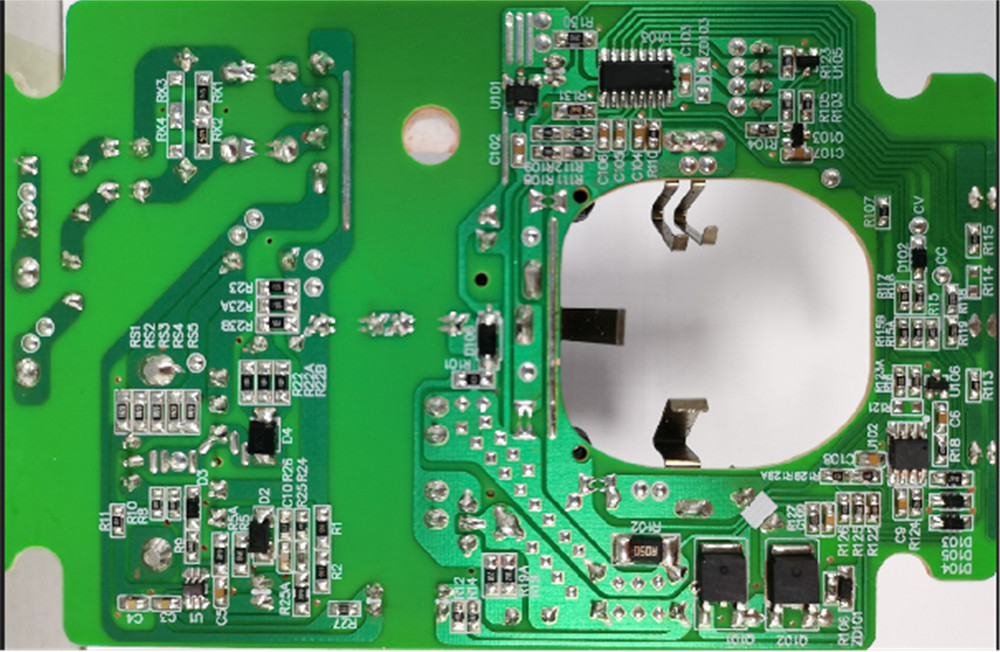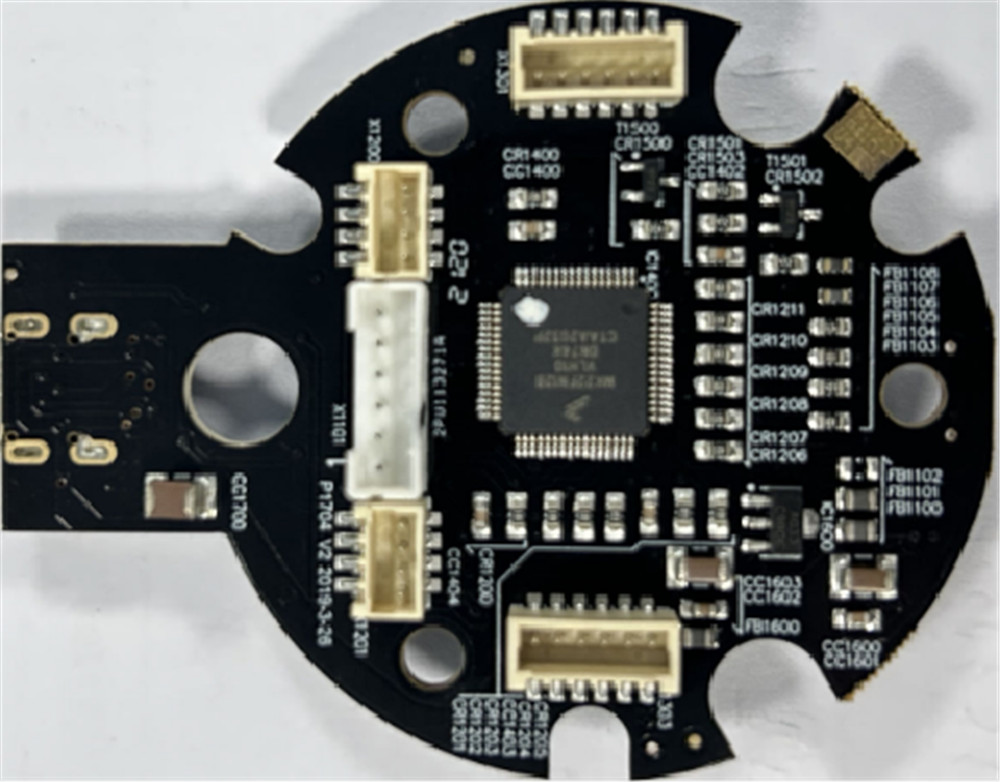Circuit design is an important part of electronic engineering, which involves creating electronic circuits for various devices. The process involves the selection and integration of electronic components to create a functional circuit. This is a complex process that requires a great deal of technical knowledge and expertise.
A critical aspect of circuit design is printed circuit board (PCB) layout. A PCB is a circuit board that provides a mechanical platform for circuit components and facilitates the flow of current between them. PCB layout design involves placement of components on the board, routing of electrical connections, and placement of vias and traces. PCB layout is an important part of circuit design as it affects the overall functionality and performance of the circuit.


To design a PCB layout requires an understanding of circuit design and electronic components. In addition, specialized PCB layout software is required to create the layout design. There are various software tools available, some of which are free while others are paid. These tools provide a range of capabilities, from simple layout designs to complex multi-layer designs.
Before starting the PCB layout design, the circuit requirements must be clearly understood. The size and shape of the PCB must be determined according to the device to be integrated. Component placement must be optimized to minimize the space occupied by the PCB while maximizing its functionality.
The layout design process typically includes the following steps:
1. Schematic capture: Schematic capture is the first step in the PCB layout process. It involves creating a graphical representation (schematic) of a circuit using specialized software. A schematic captures the logic of a circuit, the components used, and the connections between them.
2. Footprint Creation: After creating the schematic, the next step is to create the footprint of the components used in the circuit. A footprint is a two-dimensional representation of a component that will be placed on a PCB.
3. Component placement: Once the footprint is created, the components can be placed on the PCB layout. The layout of components must be optimized to reduce the size of the PCB while maintaining the functionality of the circuit.
4. Routing: The routing process involves creating electrical connections between components on the PCB. Wiring must be done carefully to avoid interference between different circuits.
5. Design Verification: The final step involves verifying the PCB layout design. The design must be checked for errors and inconsistencies to ensure it meets the requirements and specifications of the circuit. The design verification process usually includes simulation and testing to verify the functionality of the circuit.
Post time: Sep-22-2023

